Background
Just as musicians learn to play their instruments without consciously thinking about the movements required or looking at their instrument, pilots in a VR flight simulator use kinesthetic memory learning to acquire new cognitive skills and develop or refine technical skills. One of the many advantages of flight training in a VR flight simulator is the flexibility in selecting a virtual scenario that can be easily customised to the trainee’s learning needs. The highly realistic virtual environment has the greatest impact on improving the pilot’s performance.
AFormX is a Slovenian company that manufactures and develops advanced aircraft as well as VR flight simulators. It consists of engineers and designers who gained their experience and knowledge working on challenging aviation and VR projects that required creativity and extensive knowledge of the industry. Their work has been publicly recognised and awarded. In 2017 they received a Golden National Innovation Award and in 2018–2019 they were winners of the Royal Aeronautical Society General Aviation Design Challenge.
AFormX's two best selling simulators are X-ALPHA 200 and FlyZmaj for simulating hang gliding. The X-ALPHA 200 simulates the Pipistrel Alpha Trainer and Virus aircrafts. It is used in many educational and training facilities around the world.
Challenge
The company has built VR simulators before, but building a simulator inside a real aerobatic aircraft was a whole new challenge. The structure of the aircraft cannot be changed, nor can the simulator add weight. The company teamed up with aerobatic pilot and flight instructor Jago Stemberger. Together they decided to disassemble the Ultimate 20-300S aerobatic aircraft and add a simulator to the actual aircraft.
Training in a flight simulator has many advantages, such as more time to practice, lower cost, and fewer mistakes in the air. The program at Academy 4, the flight school by Sašo Knez, is designed to give students a 4-hour basic course on the simulator. “It has surprised me that after a simulator course, when we go to fly for the first time, the students who have never flown before do fly,” says Stemberger, describing the effect of the simulator training. The flight simulator really gives the students a higher level of training.
The Ultimate 20-300S biplane was designed by Gordon Price in the 1980s and originated in Canada. Gordon Price liked biplanes and it's no secret that he used the Pitts Special as a reference point for his design. The Pitts had set the standard, but Gordon Price felt he could design an even better biplane that was not only modern, but could compete with the monoplanes that dominated the sport in the mid-1980s.
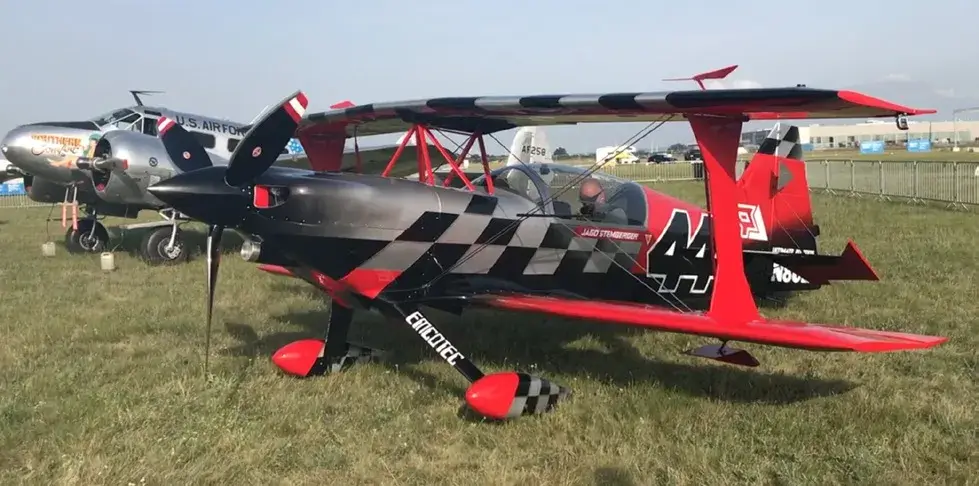
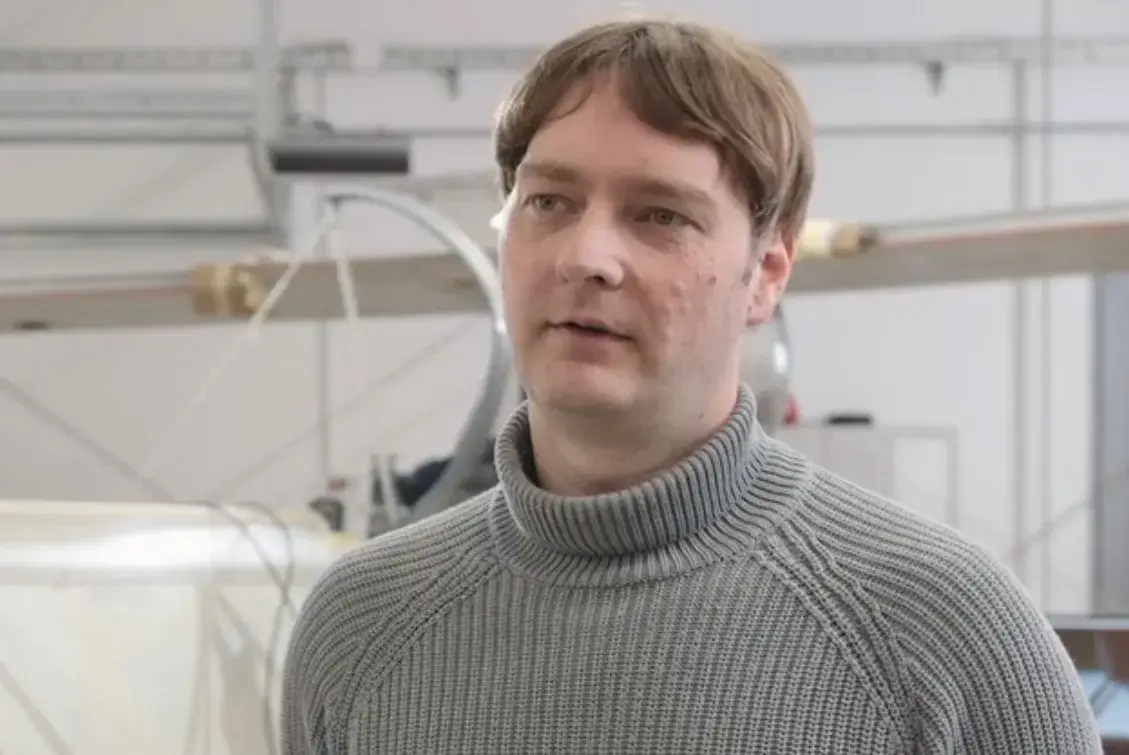
“The idea of combining a simulator with an aircraft and building a truly crazy simulator for the 21st century came from our deep understanding of the principles of VR.” says Sašo Knez, owner and CEO of AFormX
The Ultimate 20-300S is intended for advanced aerobatics. Flying such an aircraft is a great project, as it is a unique aircraft. But it is also a very useful experience for the student pilots to be able to fly such special aircraft.
“That's why we teamed up with AFormX, who have already built simulators for Pipistrel, and RLS to develop a hybrid simulator that gives users the unique experience of sitting in a real aerobatic aircraft, training in a simulator, and after the training phase, using the same commands and levers to control the flight in the same aircraft,” says Stemberger. He saw the collaboration with AFormX and RLS as a great opportunity to improve the learning process of his students.
Solution
Crucial to simulators is a highly realistic virtual environment that allows the trainee to be immersed in the training scenario. Furthermore, the trainee must be able to interact in this virtual environment in real time. The movements of the levers and pedals must be precise and accurate enough for the pilot to have a good experience. “The flight experience in a simulator must convince the trainee that he is flying. Just as he moves the levers and pedals, the simulator must respond with the exact movement of the aircraft in the virtual environment.”
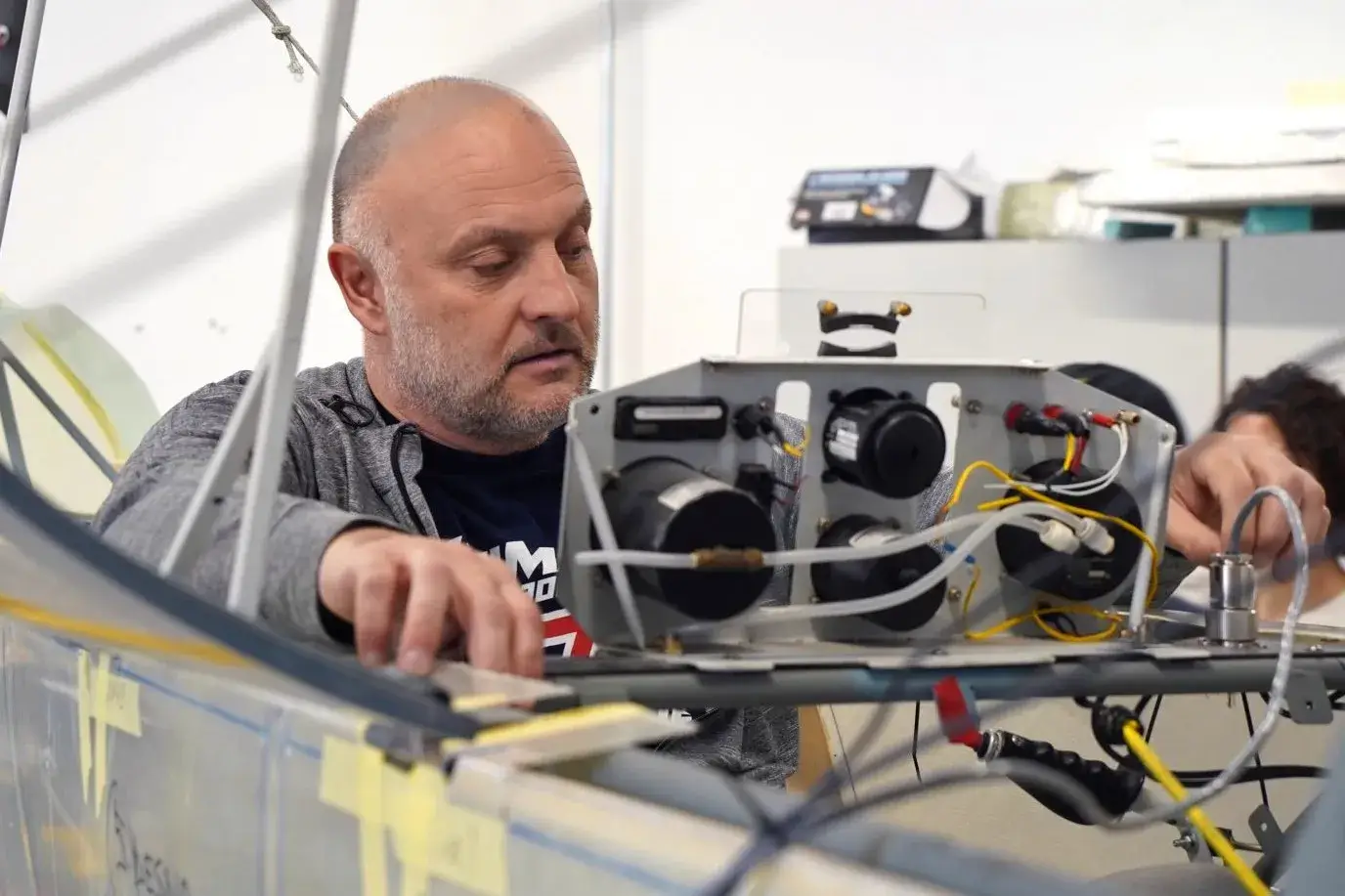
Jago Stemberger, aerobatic pilot and flight instructor demonstrating the VR flight simulator during the assembly phase.
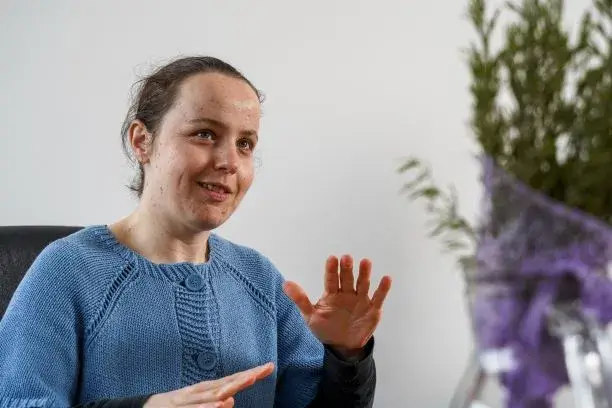
“The user experience in a simulator must be satisfactory. The VR headset must provide a high-resolution landscape perception that enables a realistic flight experience.” says Ines Repnik, Development Engineer
RLS' magnetic encoders are installed in simulators to report back position information. In simulators, they are used to control the roll and pitch of the axes, and this is where the best accuracy and repeatability are required. For the Ultimate 20-300S aircraft, AFormX needed to find the appropriate sensors that could control the position of yaw, roll, pitch and throttle movements. They turned to RLS.
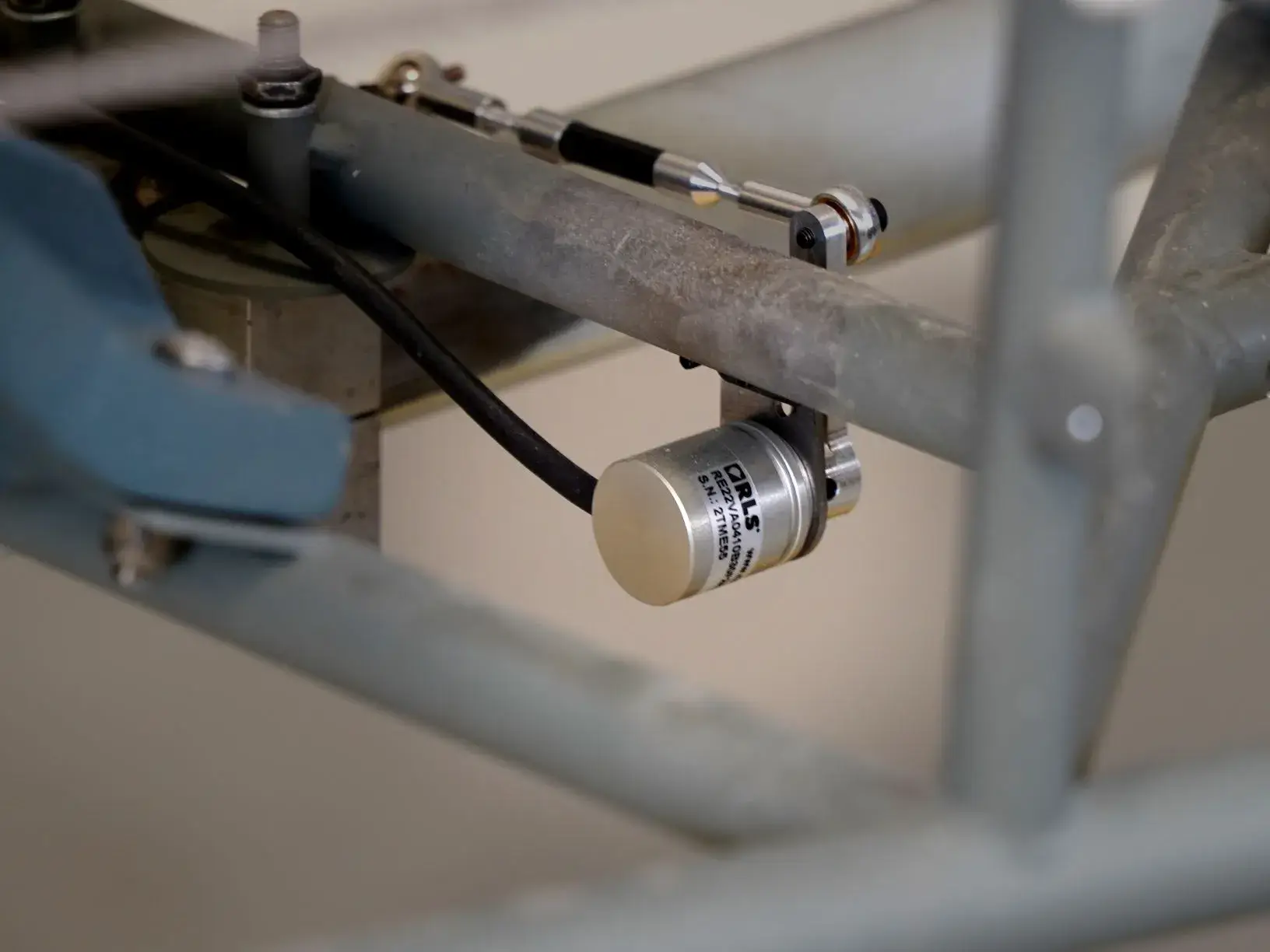
RE22 Rotary Magnetic Shaft Encoder
Nino Razpotnik, development engineer at AFormX, was responsible for the electronic part of the project: “The sensors signal the mechanical movement of levers, pedals and throttles to the computer via a controller to provide feedback for aircraft control.” In the past, AFormX has used potentiometers for its application. The disadvantage of these potentiometers was their life span. With so much movement, the potentiometers simply could not do their job and failed more often than not. After a thorough research, the AFormX team decided to use RE22 encoders for their simulator.
The RE22 is a compact, high-speed encoder designed for harsh environments. The encoder is very easy to install as it already has a magnet attached to the shaft in the encoder housing at a perfect distance from the sensor part, i.e. the encoder IC. The encoder chip processes the received signals to enable resolutions of up to 13 bits at high operating speeds. The encoder has a diameter of only 22 mm and is dirt resistant (IP68). Thanks to the non-contact design, the encoder is wear-free and extremely reliable.
Results
With the help of RLS, AFormX has managed to expand its portfolio of simulators and produce an even more innovative version, a hybrid simulator in an aerobatic aircraft. The Ultimate 20-300S biplane simulator allows the student pilot to use the same commands and levers to control the aircraft in simulation and in the real world.
Knez adds: “AFormX and RLS will remain partners, as we continue to source RLS sensors for our simulators. This is crucial, because we ship our simulators worldwide and need the reliability that only RLS sensors can provide.”
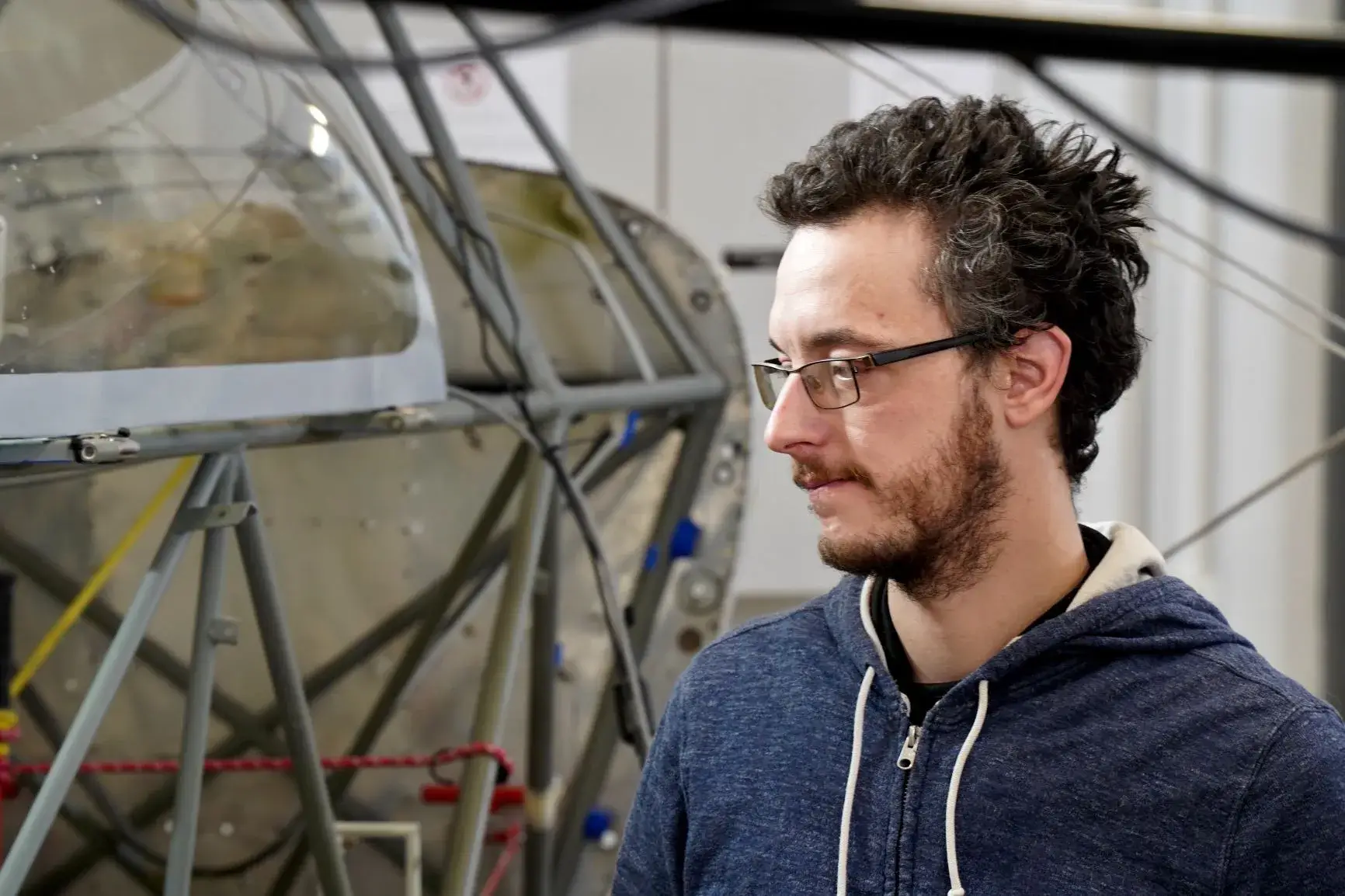
“The most important characteristics we need in a sensor are reliability, accuracy and robustness.” says Nino Razpotnik, Development Engineer
About AFormX
AFormX is a dynamic high-tech aviation company from Slovenia. The company includes a prototype workshop that primarily manufactures and assembles ultralight aircraft and composite parts for the aviation industry. They develop and build precision mechanics systems and virtual reality flight simulators as well as online e-learning portals.
For more information about AFormX visit: www.aformx.si


